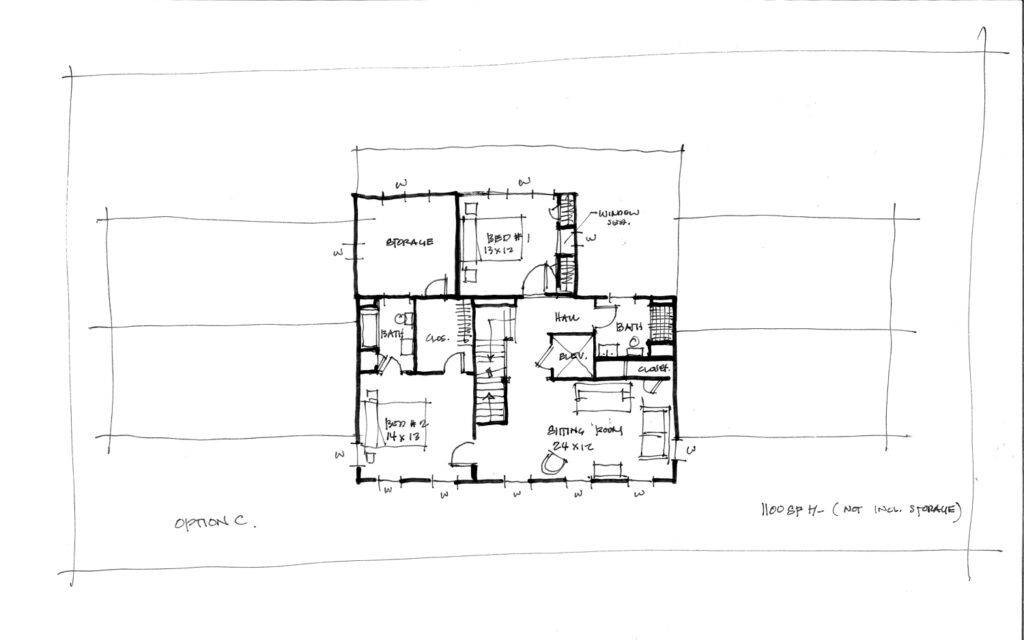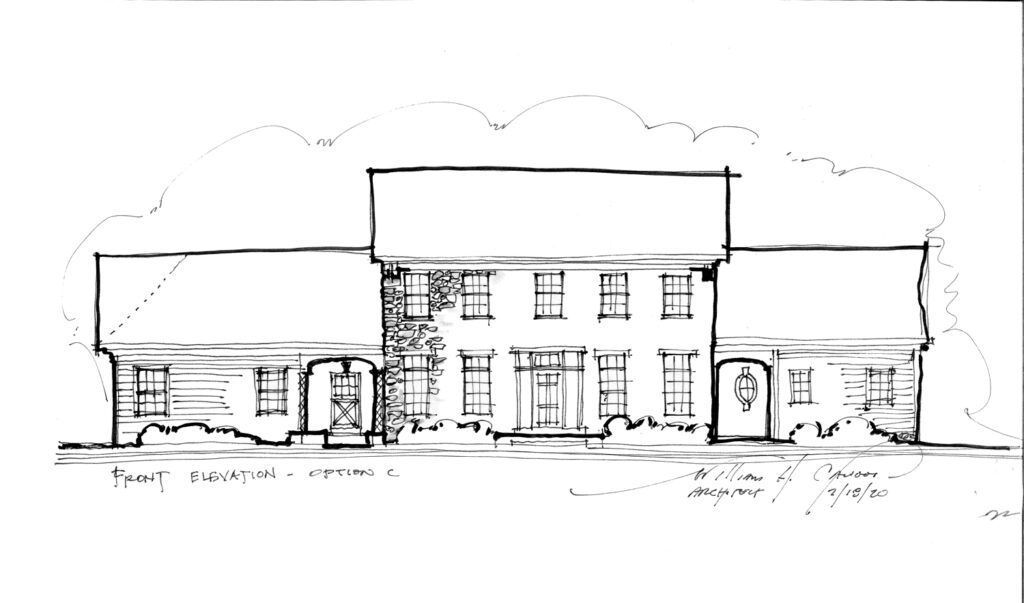Building or renovating a home is an exciting but daunting endeavor filled with numerous decisions, the first of which is “who will design the house?” When you ask friends and family for advice, everyone has a different opinion. Some say to hire a separate architect and builder, while others recommend picking plans online, and others suggest having the builder design it for you. In your research, you also start seeing terms like “design-bid-build” and “design-build,” but you’re not sure what those terms mean, or, more importantly, what they mean for your home.
DESIGN-BID-BUILD vs DESIGN-BUILD
“Design-bid-build” refers to the approach in which you contract your architect and builder separately. This is how people have approached custom homes for decades: You find an architect first, and once they have designed a home to your specifications, you shop the plans around for builders to bid on. You have one contract with the architect and another contract with the builder, acting as the touchstone between them for the entire project.
“Design-build” combines the two steps into one. You engage with one company that handles the whole project from concept to reality. The builder and the architect work together as a team through each step of the design and building process to ensure that everything is what the client wants and can afford from the very beginning.
A few hundred years ago design-build was how most homes were built; owners hired a “master builder” who oversaw all aspects of design and construction. Over time, architects and builders separated into different professions. I have worked on houses under both systems, and each approach has advantages and challenges. As an architect working a design-bid-build project, I find it incredibly frustrating for designs to be changed because a meticulous builder was underbid by a careless one, and heartbreaking for a project to never see life at all.
Here are some significant advantages I see in the design-build approach:
INCREASED COMMUNICATION
With both the builder and the architect committed to work together from the beginning, the builder can spend more time reviewing early drafts of the plans for budget and feasibility. The builder doesn’t have to worry about being underbid by a less careful bidder and losing a project they have invested time in, and the architect doesn’t have to worry about misunderstandings on finishes or design.

RESPECT AND TRUST
While not inherent to the process, the fact that professionals intentionally form a team should translate to a mutually respectful relationship in which they can trust each other’s work. In addition to a better work environment for everyone, this leads to a better product and a lower cost for the client because the designer and builder rely on each other’s expertise. When evaluating potential design build firms, carefully check that the builder and architects respect each other’s expertise as the opposite can be a challenge with the design-build process.
Ultimately, I’m an architect and I love what I do. It genuinely brings me joy to see my clients delighting in the home I designed for them. There’s nothing more rewarding than helping homeowners create a home that works for them.
By William Cawood

Alair Homes Hunt Country Northern Virginia’s premier custom home builder serving Loudoun County, Ashburn, Leesburg, Middleburg, Upperville, Winchester. From vision to concept to plan to construction, we take custom home building to a new level. Thoughtful planning. Intelligent design. Personal touch. That’s the Alair Homes Hunt Country difference. Begin making your dream home a reality. Schedule a consultation today!

